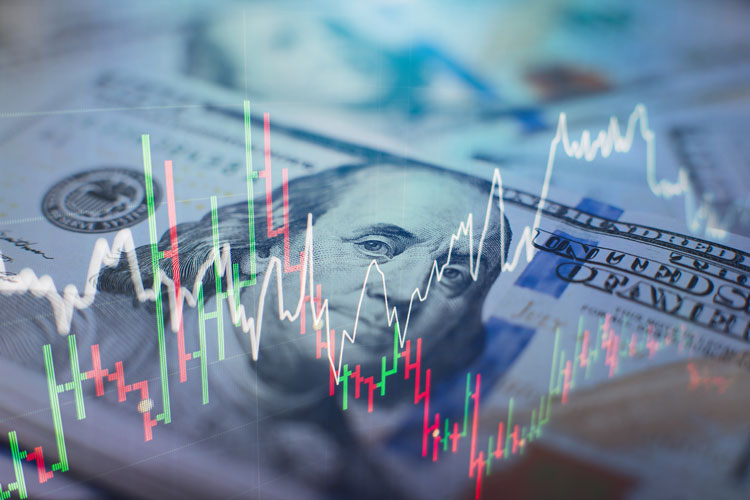
Note: The following Editorial Comment is the expressed opinion of the Hoard’s Dairyman editorial team.
As cheese prices soared to new records, frustration levels boiled over in the countryside. That’s because negative producer price differentials (PPDs) torpedoed June milk checks with deductions over $7 per hundredweight (cwt.) in four Federal Milk Marketing Orders (FMMOs).
We’ve experienced negative PPDs before, but this time around the situation is vastly different. The pandemic economy induced by the novel coronavirus created the most violent dairy market swing in our lifetimes. In late April, cheese blocks crashed to a staggering $1 per pound and then soared to the never-before-seen stratosphere of $3 per pound during mid-July trading at the CME.
In turn, this historic market swing caused the Class III price to trough at $12.14 per cwt. in May and then rocket to $21.04 by June. That jet-propelled ascent caused Class III to leap frog the already-announced advance Class I price by $9.62. That created the recipe for June’s negative PPDs.
A second wave
In addition to that situation, Class III moved far too fast, which created another rub. During June, Class IV prices stood at $12.90 . . . nearly $8 lower than Class III. While the Class IV price is forecast to improve to $14, the spread between Class III and IV could persist for months and give cheese plants an additional incentive to depool. Without higher Class III pooled funds, additional negative PPDs could land in July, August, and September milk checks. Granted, none of the negative PPDs should be as large as those experienced in June.
The near-term remedies are few
A FMMO provision that helped calculate Class I prices from January 2000 to April 2019 might have mellowed the negative PDDs sooner. That’s because the “higher of” pricing mechanism would have grabbed the Class III price to calculate Class I. Since May 2019, the new Class I driver is the simple average of Class III and Class IV plus 74 cents. Organizations representing both farmers and processors alike advocated for the provision to reduce Class I volatility. It worked well until this year’s unfathomable market conditions.
Another pricing lifeline to thwart off a portion of the negative PPDs was proposed by the vast majority of the nation’s co-ops earlier in May. However, some Upper Midwest dairy groups pushed back at the very notion of supporting a federal order hearing to set an emergency Class I price for June, July, and August as discussed in our June 2020 Editorial Comment “USDA balked at the Class I proposal.” These extremely negative PPDs suggest it would have been wise to at least support a hearing to debate the issue.
As it stands, we will one day assess the post-COVID-19 dairy carnage. The federal order pricing mechanisms that exacerbated milk price turmoil during the pandemic definitely deserve our foremost attention.
To learn more on the topic of negative PPDS, we encourage readers to download “Making Sense of Your Milk Price in the Pandemic Economy: Negative PPDs, Depooling, and Reblending.”
Also, read “Big differences in June milk checks” as it will shed additional light on the matter.








